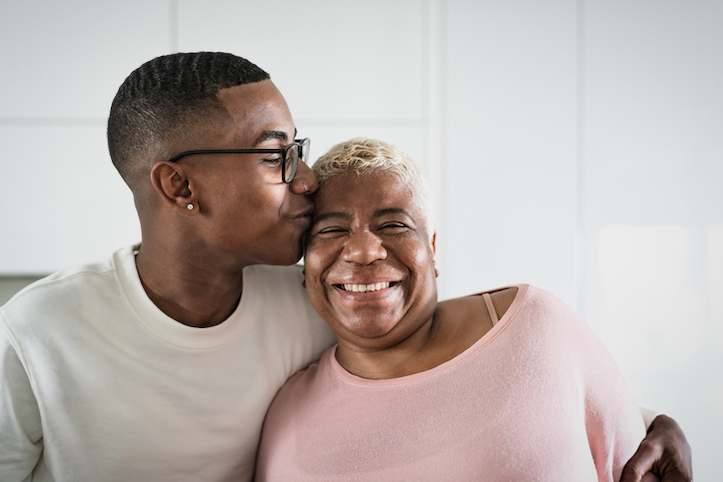Communication is by far one of the most important habits to develop that is needed for a healthy relationship. Without communication, building upon your commitment to each other is hard. A relationship starts with commitment, and with time and communication, you build trust, which turns into intimacy. But effective and healthy communication is a skill that takes time and works to develop. It’s like learning to type on a keyboard for the first time. You won’t be the fastest person at first, but it might be a little easier with some practice. Communication takes practice, especially if we want an assertive communication style.
Communication Styles
There are four basic communication styles: passive, passive-aggressive, aggressive, and assertive. They all have their nuisance, and each style impacts the individual and relationships differently.
Assertive Communication
Assertive communication is all about advocating for yourself. Being assertive is letting others know what you think and feel without infringing on others. You learn to speak your mind without having to be rude, mean, selfish, or passive-aggressive. Assertive communication can feel foreign to those who are more passive. It can feel like you are being rude, but you are advocating for yourself. It means you value your time, emotional, and physical needs. And for aggressive communicators, it can feel like you are being assertive from your perspective. Still, in reality, you are harsher and mean than you intended.
Assertive communicators will:
- Clearly and respectfully communicate their needs and wants.
- Use “I” Statements.
- Not allow other people to manipulate them.
- Exhibit control over themselves and remain calm and collected.
- Remain relaxed. (Body language, posture, and tone of voice.)
- Listen without interrupting others.
Assertive communication impact:
- Feel connected to others.
- Experience more control over their lives.
- Create a safe space around them for others to grow and mature.
- Mature as they face and grow past issues through communication.
Final thoughts
We all have bad habits that we are trying to work through, but learning to communicate effectively isn’t going to happen overnight. It’s easy to slip back into said bad habits when we start to feel frustration creep up on us. But the thing to keep in mind with assertive communication is that you are a person who has feelings and ideas that deserve a hearing. So stand up for yourself and let others know how you are feeling and what you think; otherwise, no one will know, and you might slip into one of the other communication styles’ bad habits. The only way other people will show you respect is if you show it to yourself first.
Whatever your communication style may be, there is always room for improvement. So take the time to self-reflect and determine what you need to improve. Are you passive and wait for feelings to build up until you blow up? Or are you passive-aggressive and say snarky comments under your breath? Or maybe you are an aggressive communicator and blow up over the smallest things? Whatever the case, learn from your mistakes, reflect, and grow. Maturing is hard, but with some hard work and determination, you can be the person you want.




